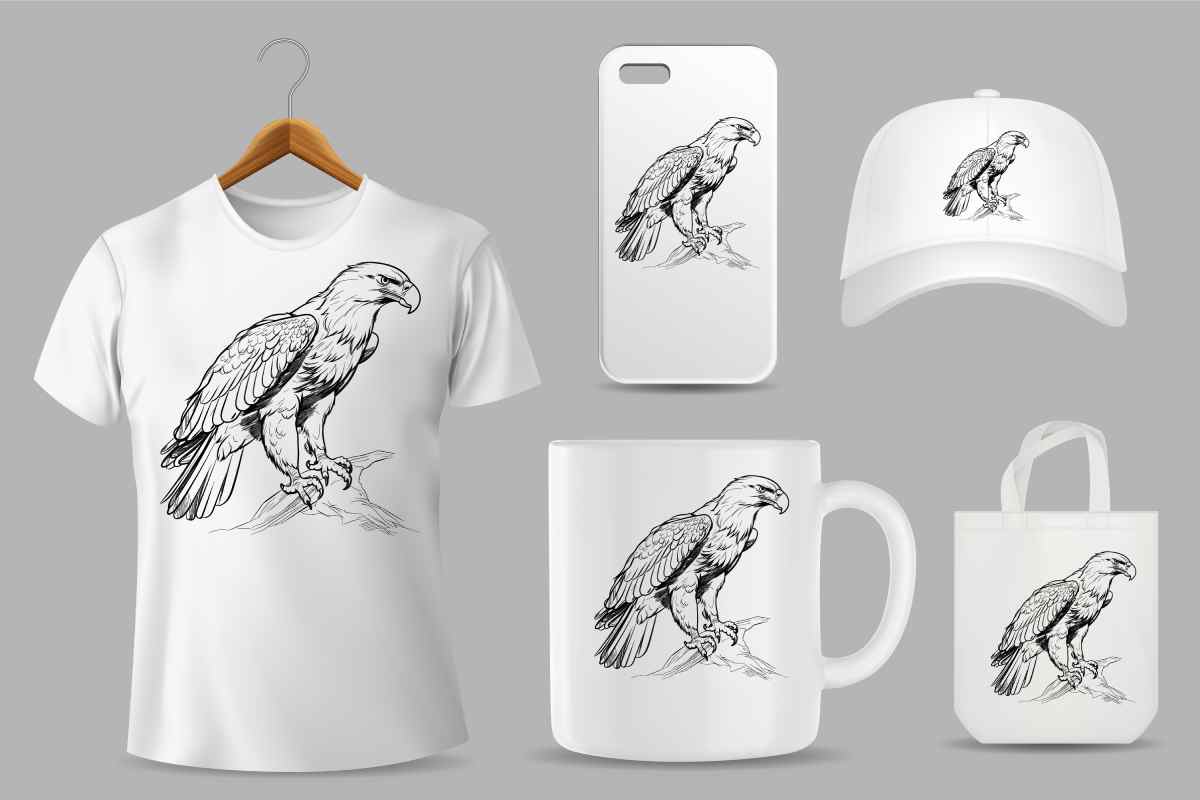
How to Choose the Best DTF Supplies for You
Understanding the Role of DTF Supplies in Print Quality
Every professional DTF printing setup relies on high-performance DTF Supplies to ensure vibrant, long-lasting, and consistent results. From the ink you load into your machine to the transfer film and powder used for application, each component plays a critical role in the overall outcome. Selecting the right DTF Supplies not only improves print resolution but also enhances wash durability, stretch resistance, and customer satisfaction. Knowing what to look for and how to test each supply is key to maximizing your equipment’s potential.
Evaluating DTF Powders for Adhesion and Flexibility
Among the essential DTF Supplies, DTF powders are responsible for ensuring strong adhesion between the printed image and the garment. The quality of DTF powders affects softness, stretchability, and long-term durability. Look for low-temperature melting powders that bond evenly and resist cracking over time. Fine, dust-free powders offer more control during application and reduce the risk of clumping or uneven texture on the final product. Always test new powders on various fabric types to assess compatibility.
Choosing the Right DTF Films for Smooth Transfers
The type of DTF Films you use can dramatically influence print accuracy and ease of application. When reviewing DTF Supplies, consider whether you need hot-peel or cold-peel DTF Films, depending on your workflow. Premium films provide superior ink absorption, anti-static properties, and consistent powder adhesion. Poor-quality films can lead to ink bleeding, smudges, or difficulty in peeling. Always store your DTF Films flat and clean to prevent defects that could ruin a batch of transfers.
How to Select High-Quality DTF Inks for Your Printer
DTF Inks are arguably the most visible of all DTF Supplies. The vibrancy, color accuracy, and detail of your prints depend heavily on ink quality. Look for DTF Inks with high pigment concentrations that resist fading and provide strong opacity on both dark and light fabrics. Compatibility with your printhead model is crucial—using the wrong ink can lead to clogs, smears, or machine damage. Choose inks designed specifically for DTF to ensure they cure correctly and maintain a soft hand feel after transfer.
Comparing Brands and Testing Before Full Investment
With so many brands offering DTF Supplies, it’s essential to conduct real-world testing before committing to bulk purchases. Compare multiple suppliers by ordering sample kits of DTF powders, DTF Films, and DTF Inks. Run controlled print tests using the same artwork and fabric types, and evaluate the results after pressing and washing. Consider factors like transfer clarity, feel, resistance to stretching, and post-wash color retention to find the best option for your business.
Finding Reliable Suppliers for Consistent Results
Sourcing your DTF Supplies from a trusted vendor ensures product consistency and access to expert support. When evaluating a supplier, consider their shipping reliability, customer service, technical guidance, and availability of stock. A reliable supplier will carry multiple grades of DTF powders and DTF Films, as well as OEM-compatible DTF Inks. Read reviews from other print professionals and ask for recommendations from the DTF community to avoid low-quality imports and fake materials.
Maintaining Your DTF Supplies for Long-Term Performance
Once you’ve chosen the best DTF Supplies, proper storage is crucial to preserving their performance. DTF Inks should be kept in tightly sealed containers away from heat and direct sunlight. DTF Films must be stored flat in a dust-free area to avoid static and curling. Keep DTF powders in airtight containers to protect them from humidity. Regular maintenance and a clean environment will prolong the life of your supplies and reduce printing errors or material waste.
Conclusion
Choosing the best DTF Supplies starts with understanding the specific roles of DTF powders, DTF Films, and DTF Inks in the printing process. By comparing products, testing them thoroughly, and sourcing from reliable vendors, you can ensure superior print quality and long-term business success. A well-informed approach to selecting and maintaining your supplies will keep your workflow smooth, your customers happy, and your brand reputation strong.
Frequently Asked Questions
- What are the most important DTF Supplies for new printers?
- DTF powders, DTF Films, and DTF Inks are essential. Quality equipment and maintenance tools are also key.
- How do I know if a DTF powder is good quality?
- Good powders melt evenly, bond without cracking, and leave a soft, stretchable finish on fabric.
- What is the difference between hot and cold peel DTF Films?
- Hot-peel films are removed immediately after pressing, while cold-peel films require cooling before removal.
- Can I use any ink with my DTF printer?
- No. Use DTF-specific inks that are compatible with your printer model to avoid clogs and poor print quality.
- How should I test new DTF Supplies?
- Print the same design on various fabrics, press it, and evaluate after washing for color, stretch, and durability.
- Where should I store DTF Films and powders?
- Store in cool, dry, dust-free environments. Keep powders sealed and films flat to avoid curling or contamination.
- How often should I replace my DTF Inks?
- Replace every 3–6 months if unopened. Once opened, use within 30–60 days for optimal performance.
- Is it okay to mix different brands of DTF Supplies?
- It’s not recommended. Mixing may lead to unpredictable results. Stick with compatible systems when possible.
- What is the shelf life of DTF powders?
- Most high-quality DTF powders last 6–12 months if stored properly in airtight containers.
- How do I find a reliable DTF Supplies vendor?
- Look for suppliers with good reviews, responsive support, and proven experience in the DTF printing industry.